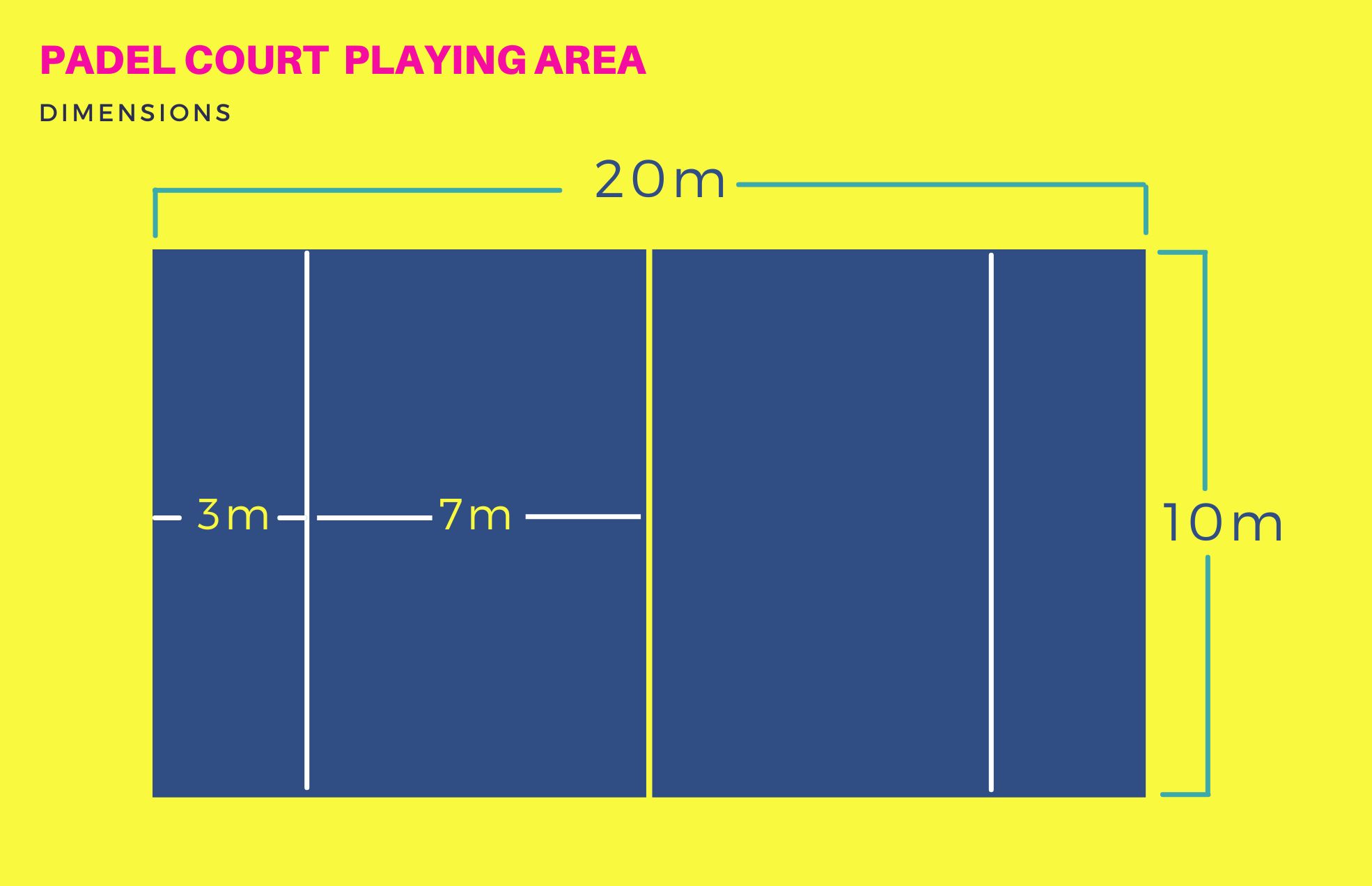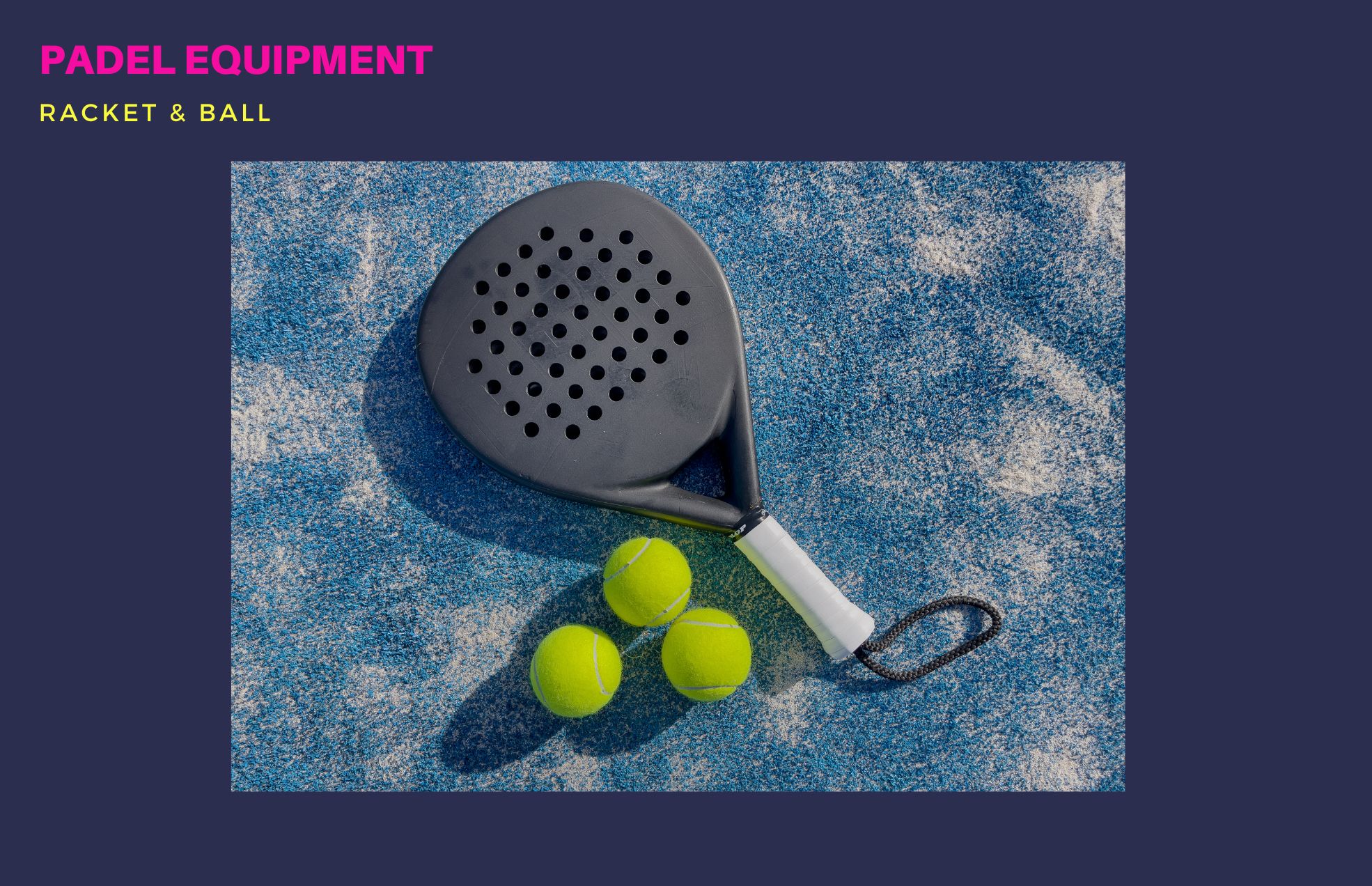What is Padel
Padel is a racket sport that combines elements of tennis and squash. It is played in a doubles format on an enclosed court. The court is surrounded by walls, which players can use to bounce the ball off, adding an extra dimension to the game.
The objective of padel is to score points by hitting the ball over the net into the opponent's side of the court, much like in tennis. However, the ball can also be played off the walls, making rallies more dynamic and unpredictable. Padel uses a solid paddle racket and a de-compressed tennis ball, which provides a slower-paced and more controlled game compared to tennis.
Padel has gained popularity worldwide and is especially popular in countries like Spain, Argentina, and Mexico. It is known for being accessible to players of all ages and skill levels, making it a fun and social sport for both beginners and experienced athletes.
The Basic Rules of Padel
While specific rules may vary slightly depending on the organisation or event, here are the basic rules of Padel:
1. COURT SET UP:
Padel is played on a rectangular court that measures 20 meters in length and 10 meters in width. The minimum clearance height of a padel court is 6 metres. The colour of a regulation Padel court is blue, green or terracotta.
2. THE PADEL NET:
A net is placed in the center of the playing area and divides the court into two halves. It is 10 meters in length. The height of the net at the centre is to be 88cm and 92cm at the sides. Gaps are not permitted between the net and the posts

3. TEAMS:
Padel is played in doubles, with two players on each team. Teams can be either all-male, all-female, or mixed.
4. SCORING:
Padel uses the same scoring system as regular tennis, with points awarded as 15, 30, 40, and game, and games won consecutively leading to a set. The first team to win two sets (best of three) wins the match.
5. SERVE:
The server must serve the ball underarm after bouncing once. The ball must be hit at waist height or below. Both feet must be behind the service line, with at least one foot in contact with the ground when the ball is struck.
Play starts from the right hand service court. The ball must be hit diagonally over the net into the opposing service box. The second point is served from the left court, hit diagonally over the next into the opposing service box. It then alternates being served from the right and left service courts.
A player gets two serves.
6. PLAY (SCORING A POINT):
Once the ball is in play there are a number of ways to score a point, as follows:
a. the opponents ball hits the net or another part of the court without having previously bounced in the opponents side of the court
b. The ball hits any part of the opponents body
c. The ball bounces twice on one side of the court
d. The ball bounces and then goes out of bounds
e. A player touches the ball more than once wit the racket
7. CHANGES OF SIDES:
Players change sides after every odd numbered game in a set.
8. FAULTS:
The term "fault" in Padel is used to describe when the serve has been performed illegally. There a 10 different faults in the Padel serve, as follows:
Fault 1: Foot fault, where the server places one or both of their feet over the service line or centre link prior to striking the ball.
Fault 2: The server has both feet off the ground at the moment they strike the ball to serve
Fault 3: The server fails to bounce the ball behind the service line before making contact with the ball
Fault 4: Contact with the ball is made above waist height
Fault 5: The served ball does not land in the diagonal service box
Fault 6: The server walks forward, runs or jumps as they make contact with the ball
Fault 7: The server missed the ball as they swing to hit it
Fault 8: If the served ball hits the server, their partner or any object or item of clothing worn by either player on the serving team
Fault 9: The ball bounces in the expected diagonal receiving box, but before it bounces again it hits the metallic fence that surrounds the court
Fault 10: The ball bounces in the expected diagonal receiving box but then goes through one of the openings in the side walls.
9. WINNING:
The team who wins 2 sets wins the match. To win a set a team needs to win 6 games with 2 clear games. When the score is 6 games all (6-6) a tiebreak is played, where the winner of the set is the first team to win 7 points by 2 clear points.
10. THE PADEL TIEBREAK:
A tiebreak is used to decide a set that reaches the score 6-6. The winner of the set is the first team to win 7 points by 2 clear points.
The tiebreak is started by the player who is next to serve in the set. They serve once from the right court, before the serve moves to the opposing team for the next two points to be served from the left court. Each player serves two consecutive points until the tiebreak is over. The players change ends every 6 points.
A set that goes to a tiebreak will be won 7-6
If a new set follows the tiebreak, it should not be started by the player who began serving in the tiebreak.
Padel Equipment
In order to play Padel, a few pieces of equipment are required as follows:
1. THE PADEL RACKET
A paddle type racket made from foam and carbon fibre that is shorter than a traditional tennis racket, with holes across the surface to allow air to pass through as the racket head is moved through the air.
2. THE PADEL BALL
A Padel Ball is slightly smaller than a standard tennis ball, and it has been decompressed which changes the speed and allows for greater control when using the paddle style of racket.

3. THE COURT PLAYING AREA
A court measuring 20m x 10m marked with lines at least 2 inches thick
4. THE NET
A mesh net with holes smaller than the ball, so it cannot pass through on contact, held in place by two posts, 10m apart. There is no gap between the net and the posts.
It's essential to check the specific rules of the organisation or event you are participating in, as slight variations may exist. Padel is a fun and dynamic sport that can be enjoyed by players of various skill levels, whether for leisure or competition.





